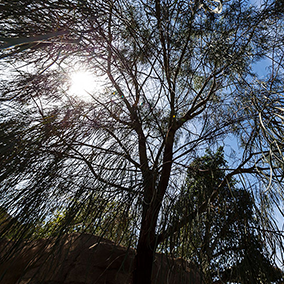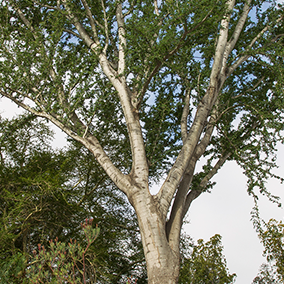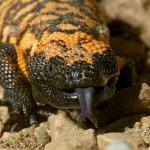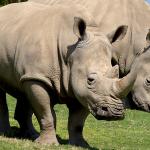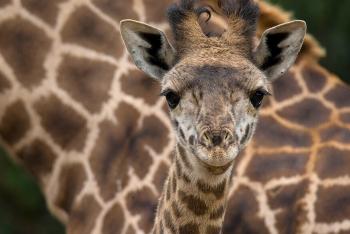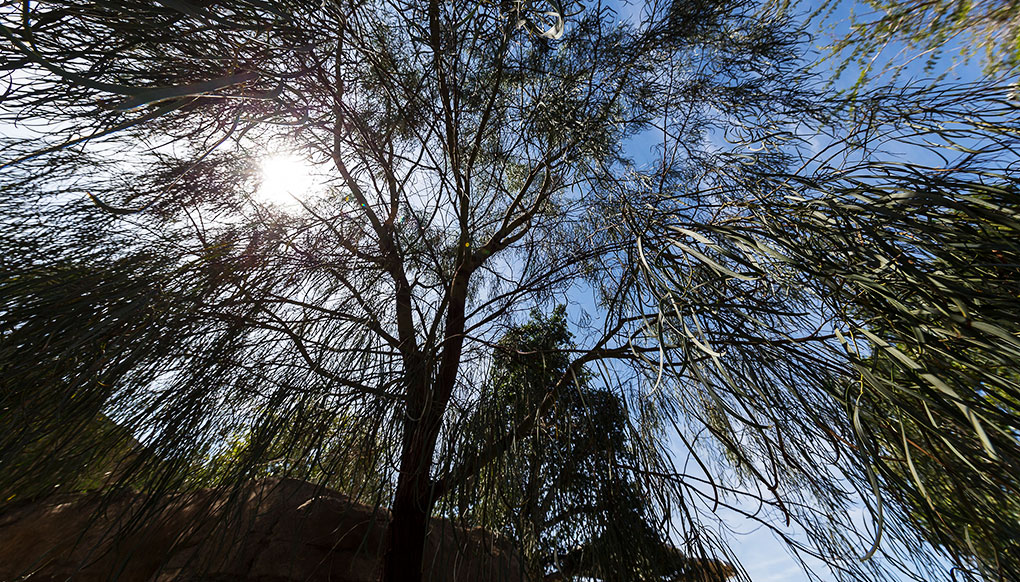
Acacia

Plants


Some Endangered
facts
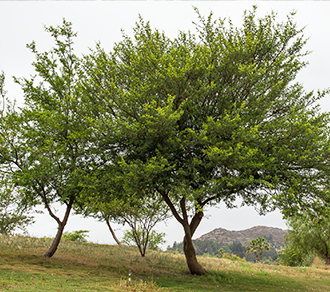

They're an icon of the African savanna, but various species of acacias occur in many other places, too. Most are from warm, tropical, and desert-like regions of the world.
description
Big and small
Acacias can be tall trees or low-growing shrubs. There are more than 1,400 different kinds. Some have feathery leaves with a delicate, fern-like look. In dry areas, they have long, flat leaves. In many acacias, sharp thorns hide among the leaves. Acacias bloom in clusters of small, yellow or whitish flowers. When the tough, dry seedpods burst, they release the flat, bean-like seeds inside.
Mind the thorns
Acacias are food for some of the mammals at the San Diego Zoo and Safari Park. We feed them branches with leaves, buds, flowers, and new growth. While thorns may discourage some predators, they're no match for the talented tongue of a giraffe. With its long, prehensile tongue, a giraffe avoids acacia thorns to grasp even the most delicate of leaves.
Mighty ants
The whistling thorn tree is an African acacia with swollen, hollow thorns. Thorns provide shelter and food for ants. In return, the ants protect the tree by swarming onto the tongues and faces of hungry herbivores that dare to take a taste.
Team players
In the dry season, an acacia's long taproot system keeps the tree alive. That's a good thing for the whole habitat. Acacia trees offer more than just beauty: they provide much-needed shade and food for other plants and animals, and they enrich the soil.

